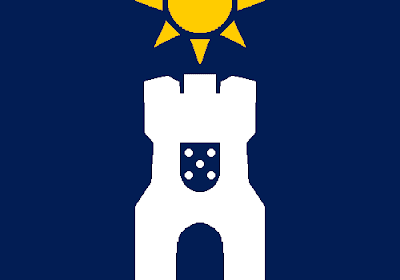Army
The current ceremonial flag is a white cloth with the Army coat of arms in center. My first thought was using a flag counterchanged with the shield, but I decided by the banner of arms:

For non-ceremonial purposes, I suggest the Army logo in a olive green field (the color of soldiers' uniforms):
Navy
I think the current Brazilian navy flag would be good to non-ceremonial occasions:
I'm not 100% satisfied with my ceremonial navy flag, but I think it could be easy adopted. It's constituted of the Cruzeiro (Southern Cross) flag (Brazilian naval jack since pre-Republican times) on the canton and the logo of navy:
In some ceremonies, the arms of the admiral Tamandaré (patron of Brazilian navy) is used; in those cases, I think it can be kept.
Naval Fusiliers (Marine Corps)
The marine corps of Brazil is part of the Navy rather than an individual body of Armed Forces. However, as Samuel cited it, I think I can too. I think Sammy's attempt is much superior to current flag, but I'll try one proposal by myself, composed by its coat of arms on a red background and a white star (that I guess is a reference to its rank flags).
Air Force
For ceremonial purposes, I suggest the arms of the command of Air Force in a dark blue background:
In non-ceremonial occasions, I think Sammy's proposal is pretty good, specially for remembering Brazilian fin flash. I made one attempt without the lozenge:
I like this one specially because it's reminiscent of my proposals to the Joint Staff of the Armed Forces.
I'm not a great fan of military vexillography, but I have to admit it was very fun to write this post.
If you want to comment about any flag or whatever, feel free to do it. You don't need a Blogger account to it.
If you didn't do that, I suggest you to access the two posts ([1] [2]) that inspired it, for best understanding.












